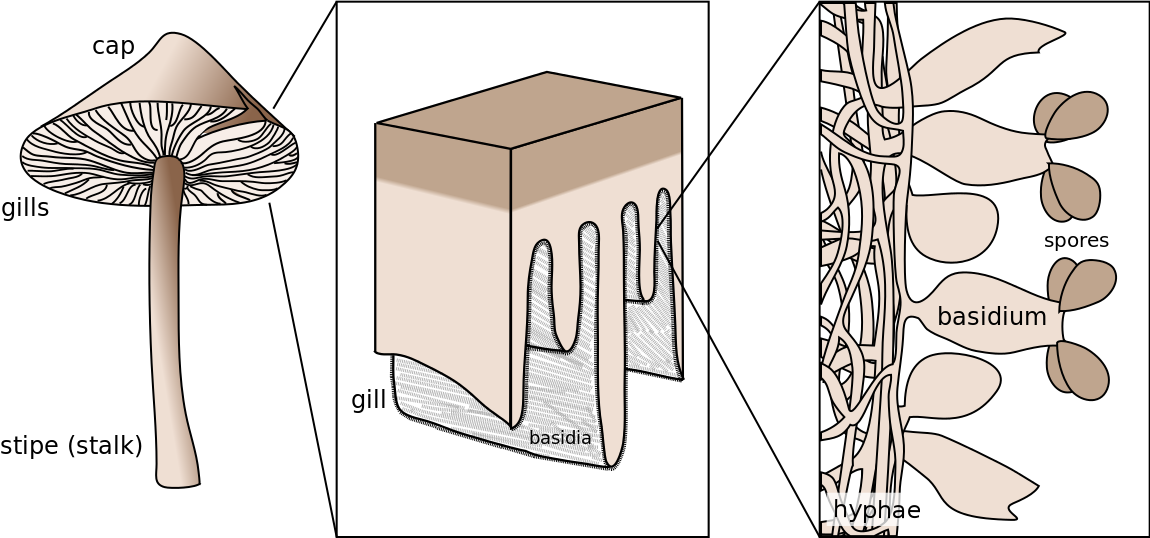Mycena chlorophos is a bioluminescent fungus found in subtropical Asia, distinguished by its bell-shaped caps and thin stems. Its gills and pileus give off a pale green light. The fungus has the smallest genome and proteome among Mycena species, as well as a high number of repeat methylation sites. Two genes, h3h, and luz, have been identified as key players in the bioluminescent pathway. The fungus produces basidiospores, and its cells are dikaryotic with clamp connections. The study identified two genes, h3h and luz, involved in the bioluminescent pathway. It also characterized the bioluminescence mechanism, which involves the synthesis of trans-3,4-dihydroxycinnamic acid and the production of an unstable luciferin compound. Repeat sequences account for 11.7% of M. chlorophos' genome. Luz and h3h play an important role in M. chlorophos' bioluminescent pathway (8) by producing Luciferin, a bioluminescent compound. M. chlorophos has bioluminescent properties that are produced by the oxidative decarboxylation of luciferins. Current research on M. chlorophos has focused on the fungus's bioluminescence. The distribution of luminescence is not uniform, with the cap and upper gill regions emitting more light than the lower gill region. The luminescence process is restricted to the gill's hymenium membrane and basidia cells. Mycena chlorophos is an obligate aerobe that produces Luciferin molecules, which are then oxidatively decarboxylated to produce bioluminescence. The bioluminescence mechanism has yet to be fully understood, but trans-3,4-di hydroxycinnamic acid synthesis is thought to activate it. The fungus is native to tropical regions of Southeast Asia and the Pacific islands, where it grows on fallen debris in humid conditions. It has no significant pathogenic properties and feeds on decaying organic material.
The fungi use bioluminescence to attract insects, which inadvertently help the fungi reproduce by dispersing their spores. Researchers discovered that the fungi's glowing patterns follow a circadian rhythm, indicating that bioluminescence serves an evolutionary purpose rather than a byproduct. The document also discusses the chemical mechanisms underlying the fungi's bioluminescence. Luciferins and luciferases are the key components of fungi bioluminescence. The fungi use these chemical compounds to produce the glowing effect via a bioluminescence reaction. The researchers know that bioluminescence in fungi serves an evolutionary purpose rather than being a byproduct because they discovered that the fungi's glowing patterns follow a regular circadian rhythm, indicating a deliberate trait with a specific function. The goal of research on the bioluminescent property of M. chlorophos is to gain insight into the localization of the bioluminescent reaction, which could be useful in the medical field for noninvasive bioimaging techniques.


Never thought that fungi would have circadian rhythms. Its always awesome to see how organisms can use the day and night cycle for their own purposes. Also love how the spores are spread by the insects themselves, that's why we have fruits now!
ReplyDelete